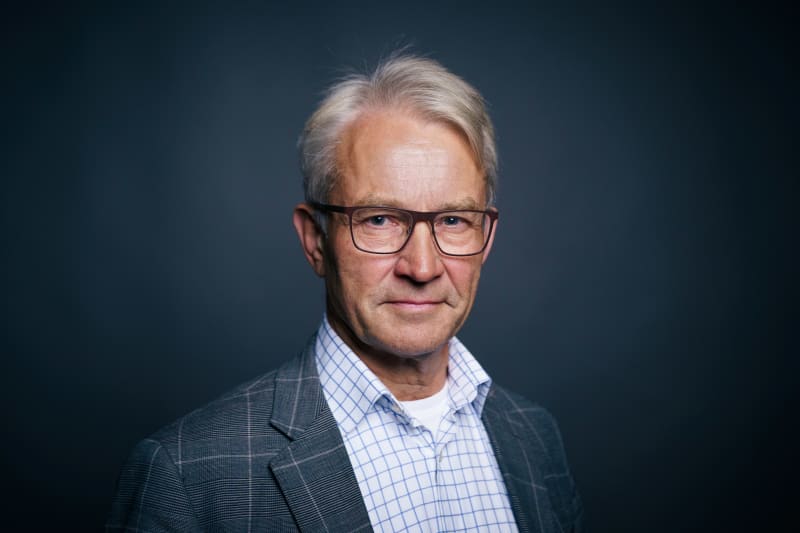
One of the hallmarks of a civilised country is that statues are not toppled and cultural environments are not destroyed, writes Kontro.
I am not interested in the past. I am building the future.
I heard this sentence in a private conversation. What’s the use of dwelling on history now, it’s more important to live without looking back.
I was reminded of this when I read in the newspapers that some influential people had proposed changing the old place names. The reason was political: the ‘wrong’ names had been put up on street signs.
But can a nation change its history, in some countries there is even talk of controlling the past.
Toppling statues also works against its purpose. If our memory is destroyed, even new interpretations of the twists and turns of history are not possible. And is it even possible to say afterwards what would have happened if it had been done differently than it was done.
Preserving historical structures means understanding how the past and the future are intertwined. Rome has the Colosseum, Athens has the Acropolis. They have not been demolished, even if the city needs space for new buildings.
The statue of Lenin, the main figure of the Bolshevik revolution in Russia, was carted from the park to the museum’s warehouse in Turku, hidden from view. However, Lenin himself did not disappear from Finnish history. Great powers have fallen, but the statues that tell about them remain.
We cannot change history. But we can learn from history. Therefore, the statues should also be left in place.
*Lauri Kontro*
*The author is a freelance journalist.*
*The column can be discussed on 19.4. until 23:00.*
